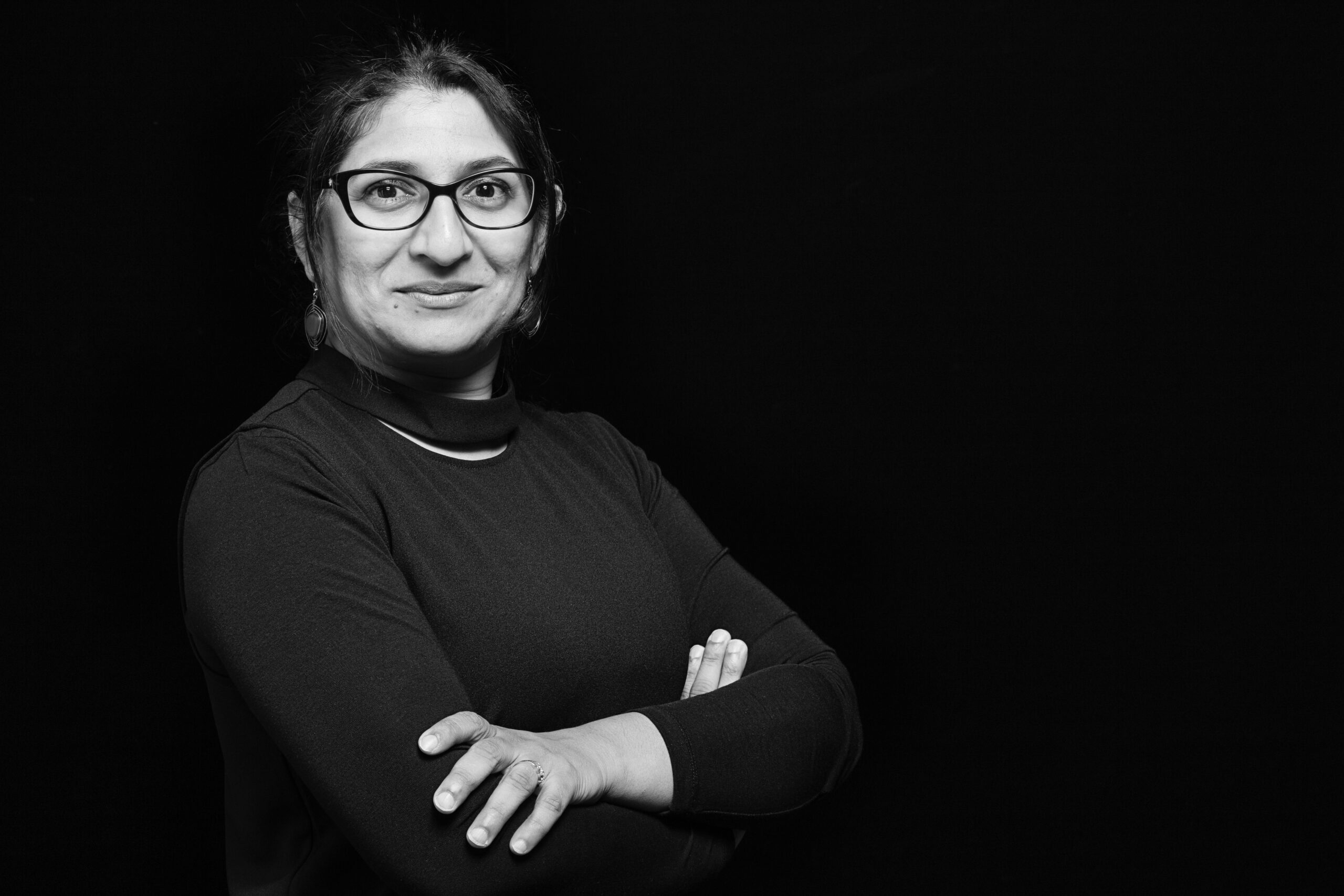Goodspeed Published in Planning Theory and Practice Journal
Goodspeed Published in Planning Theory and Practice
Assistant Professor Robert Goodspeed’s article “Digital knowledge technologies in planning practice: from black boxes to media for collaborative inquiry” has been published in Planning Theory and Practice. The peer-reviewed journal “provides an international focus for the development of theory and practice in spatial planning and a forum to promote the policy dimensions of space and place” and “invite[s] theoretically informed and robustly researched papers which raise issues at the leading edge of planning theory and practice.”
The article was published online on September 27, 2016. Abstract (from Taylor & Francis Online):
Digital knowledge technologies such as urban computer models, geographic information systems, and planning support systems are often critiqued as black boxes whose use in planning results in the domination of expert views over stakeholder perspectives. These concerns are not adequately addressed by collaborative planning theory, which reflects Habermas’s problematic assumption that technology is primarily associated with instrumental rationality. Within the realm of planning discussion Habermas’s concept of media provides a description of how to draw insights from technologies while minimizing their potential for oppression. However, conducting democratic inquiry with knowledge technologies requires moving beyond discourse ethics and fostering critical interaction between technology creators and planning stakeholders, where choices about the process, goals and scope, representation, and epistemic norms are made jointly. These ideas are illustrated with three examples of knowledge technologies used at different scales of planning practice: a sketch-planning workshop, a regional planning process, and a planning institution. Collaborative planning practices must pay greater attention to the design and use of digital knowledge technologies by rethinking – but not abolishing – the division of labor between professionals and stakeholders.
Click here to access the article.









